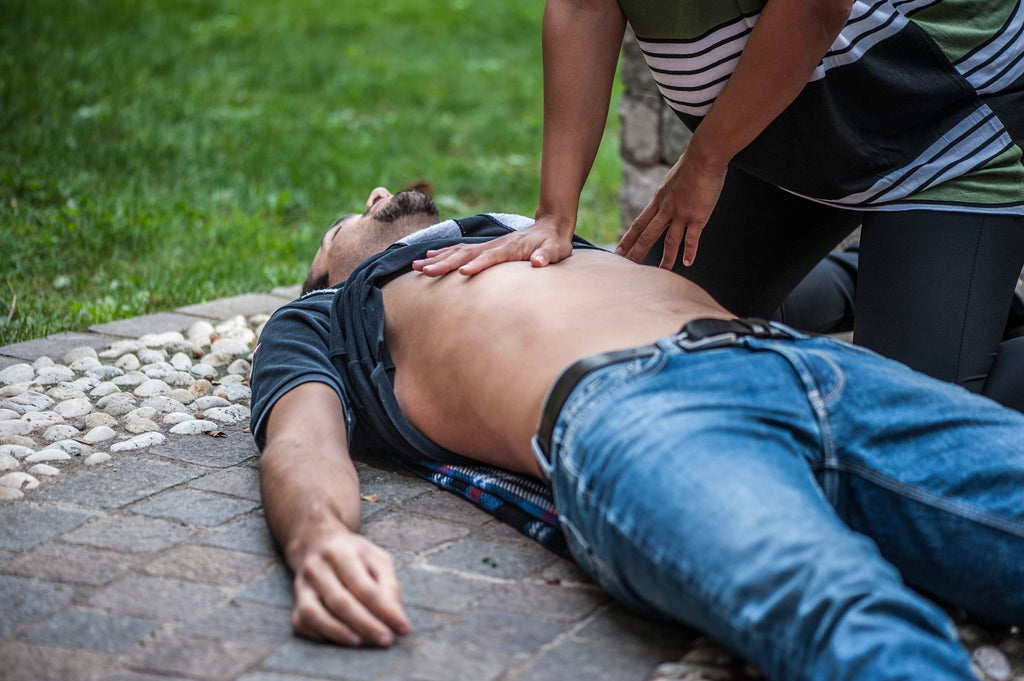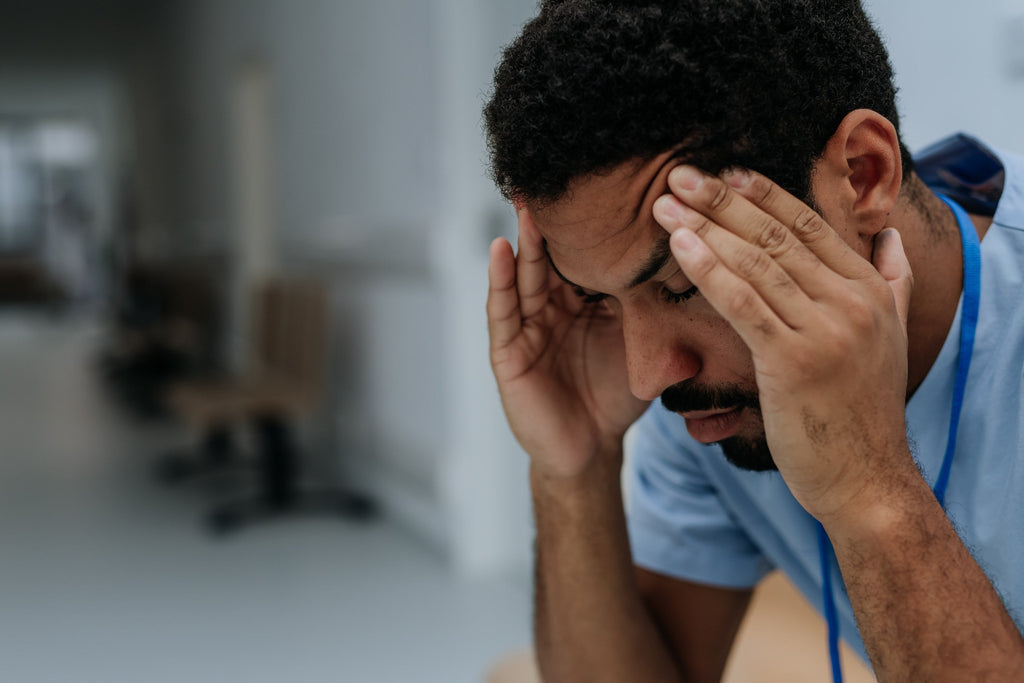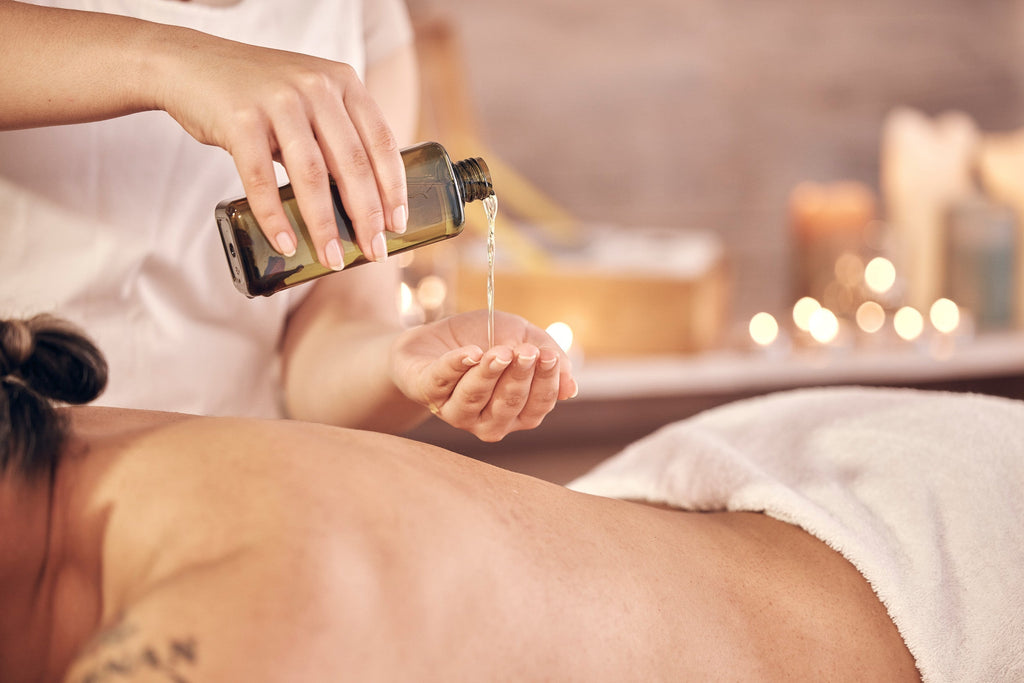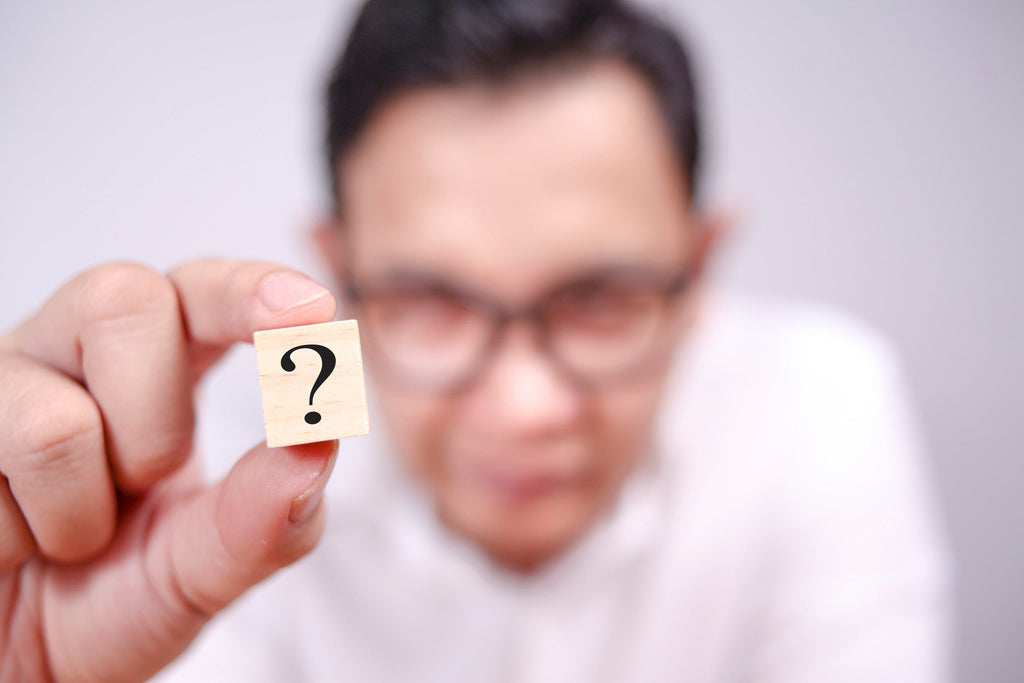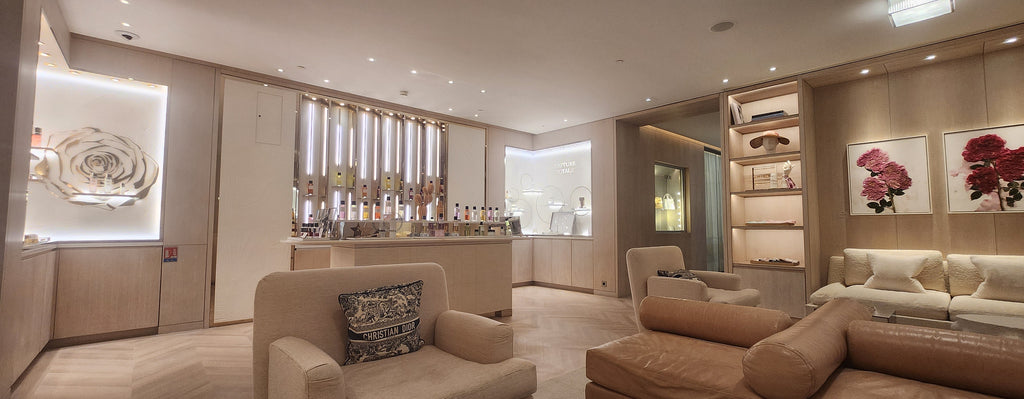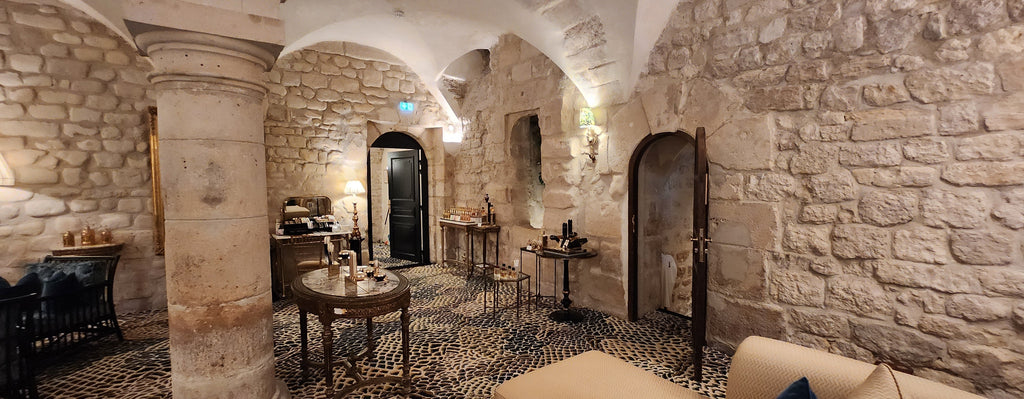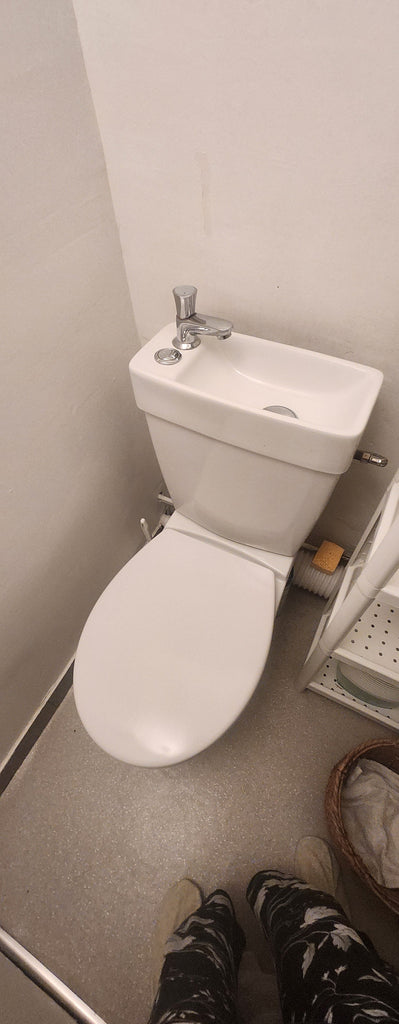Anyone can join in the fight against human trafficking. The U.S. Department of State has published an online resource entitled “20 Ways You Can Help Fight Human Trafficking,” which outlines their recommended strategies:
Learn the indicators of human trafficking on the TIP Office’s website or by taking a training. Human trafficking awareness training is available for individuals, businesses, first responders, law enforcement, educators, and federal employees, among others.

If you are in the United States and believe someone may be a victim of human trafficking, call the 24-hour National Human Trafficking Hotline at 1-888-373-7888 or report an emergency to law enforcement by calling 911. Trafficking victims, whether or not U.S. citizens, are eligible for services and immigration assistance.
Be a conscientious and informed consumer. Find out more about who may have picked your tomatoes or made your clothes at ResponsibleSourcingTool.org , or check out the Department of Labor’s List of Goods Produced by Child Labor or Forced Labor.
Encourage companies to take steps to prevent human trafficking in their supply chains and publish the information, including supplier or factory lists, for consumer awareness.
Volunteer and support anti-trafficking efforts in your community.

Meet with and/or write to your local, state, and federal elected officials to let them know you care about combating human trafficking and ask what they are doing to address it.
Be well-informed. Set up a web alert to receive current human trafficking news. Also, check out CNN’s Freedom Project for more stories on the different forms of human trafficking around the world.
Organize a fundraiser and donate the proceeds to an anti-trafficking organization .
Encourage your local schools or school district to include human trafficking in their curricula and to develop protocols for identifying and reporting a suspected case of human trafficking or responding to a potential victim.
Use your social media platforms to raise awareness about human trafficking, using the following hashtags: #endtrafficking, #freedomfirst.
Think about whether your workplace is trauma-informed and reach out to management or the Human Resources team to urge implementation of trauma-informed business practices.
Parents and Caregivers: Learn how human traffickers often target and recruit youth and who to turn to for help in potentially dangerous situations. Host community conversations with parent teacher associations, law enforcement, schools, and community members regarding safeguarding children in your community.
Businesses: Provide jobs, internships, skills training, and other opportunities to trafficking survivors.

Take steps to investigate and prevent trafficking in your supply chains by consulting the Responsible Sourcing Tool and Comply Chain to develop effective management systems to detect, prevent, and combat human trafficking.
Health Care Providers: Learn how to identify the indicators of human trafficking and assist victims. With assistance from local anti-trafficking organizations, extend low-cost or free services to human trafficking victims. Resources from the Department of Health and Human Services can be found on their website.
Human Trafficking Prevention Educational Materials
The Blue Campaign is a national public awareness campaign designed to educate the public, law enforcement, and other industry partners to recognize the indicators of human trafficking, and how to appropriately respond to possible cases.

January 11, is National Human Trafficking Awareness Day, aka #WearBlueDay. Why blue? It’s the international color of human trafficking awareness.
The Blue Campaign provided training on identifying indicators of human trafficking and reporting suspected cases to over 23,000 individuals.
Additionally, more than 280,000 people received training through Blue Lightning Initiative partnerships. Online Blue Campaign shipped more than 2.2 million pieces of outreach materials to requestors across the United States.
The Protocol Toolkit is a vital resource for healthcare institutions seeking to develop protocols to respond to human trafficking. This tool is designed for a variety of healthcare settings.
The PEARR Tool—Provide privacy, Educate, Ask, Respect, and Respond—is a robust, evidence-based framework designed to equip healthcare professionals with the skills to assess trafficking and interpersonal violence.
PEARR fosters safe environments where patients feel empowered to share their experiences naturally, thereby opening doors to essential support. This trauma-informed, person-centered approach strengthens patient-provider relationships and enhances health, safety, and overall well-being.

Additional information about human trafficking, including resources available to trafficking victims can be found at various private, state and federal organizations. To learn more about human trafficking, please visit:
The Florida Department of Health (https://www.floridahealth.gov/programs-and-services/prevention/human-trafficking/index.html)
The FBI (https://www.fbi.gov/investigate/violent-crime/human-trafficking)
The US Department of Homeland Security (https://www.dhs.gov/topics/human-trafficking)
If you think you are a victim of human trafficking, or have information regarding suspected human trafficking of a person in Florida, contact: Florida Abuse Hotline 1-800-96-ABUSE (1-800-962-2873).
If you believe you have been a victim of trafficking or have information regarding suspected human trafficking of an adult anywhere in the U.S., or of a child outside Florida, call the National Human Trafficking Resource Center at 1-888-373-7888, text HELP to 233733 (BEFREE), or visit the National Human Trafficking Hotline online at: https://humantraffickinghotline.org/en


